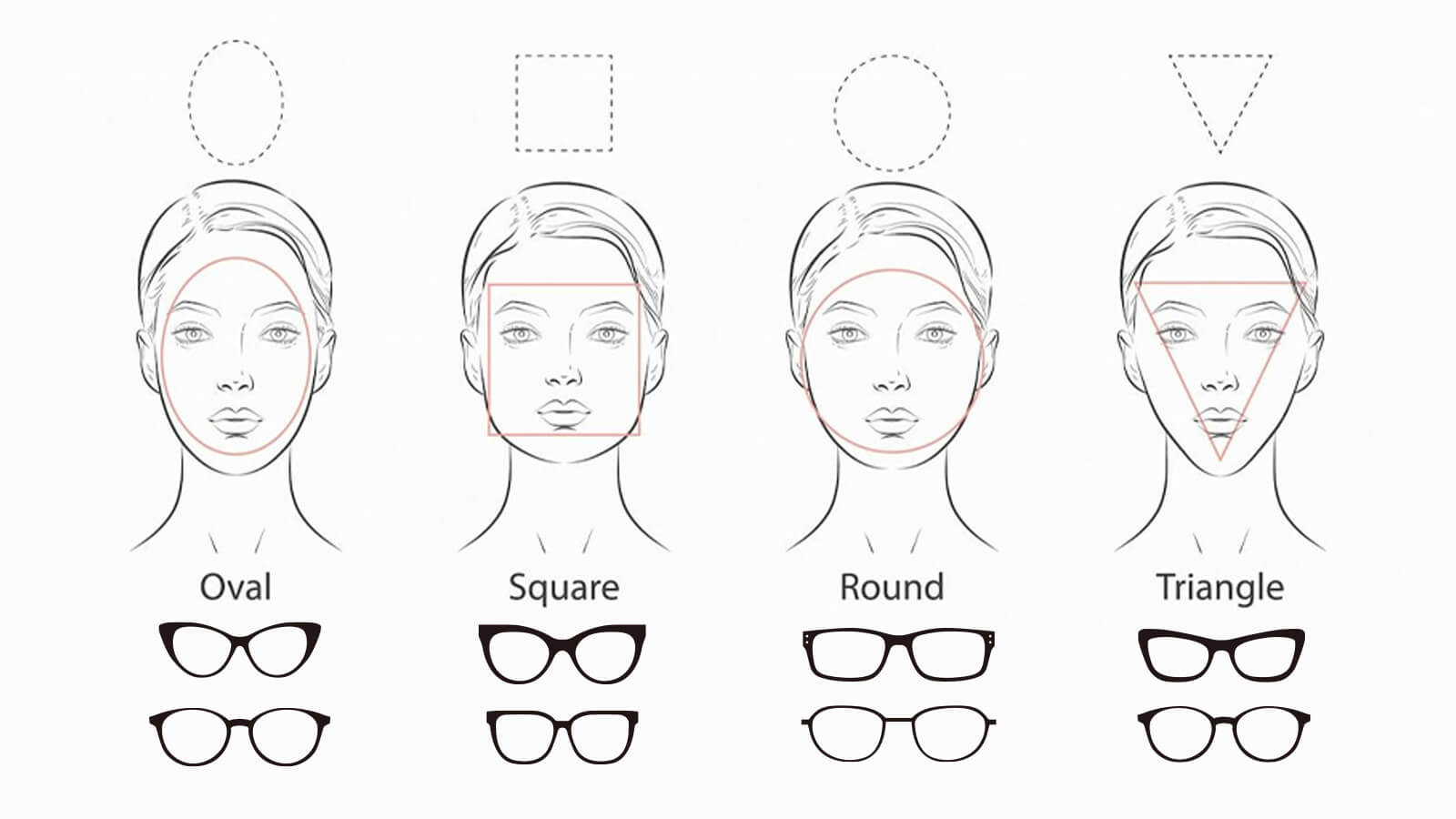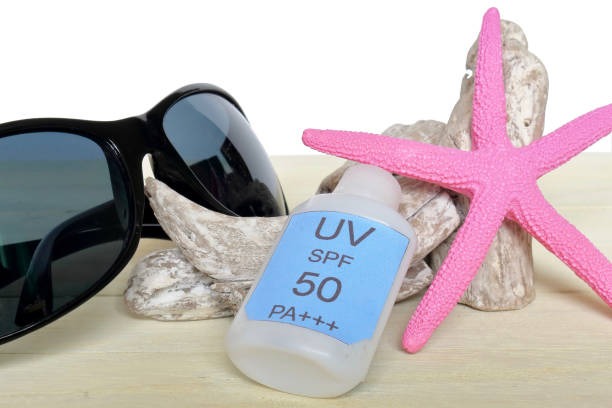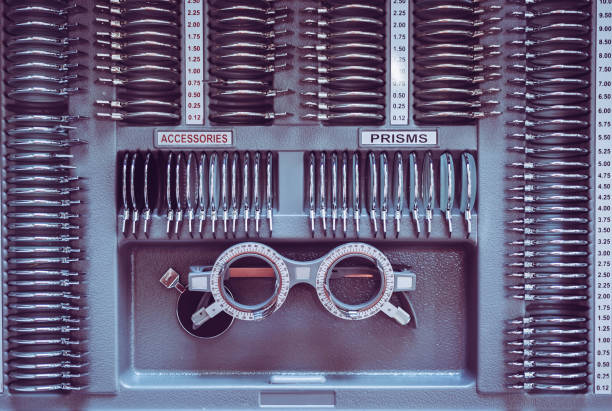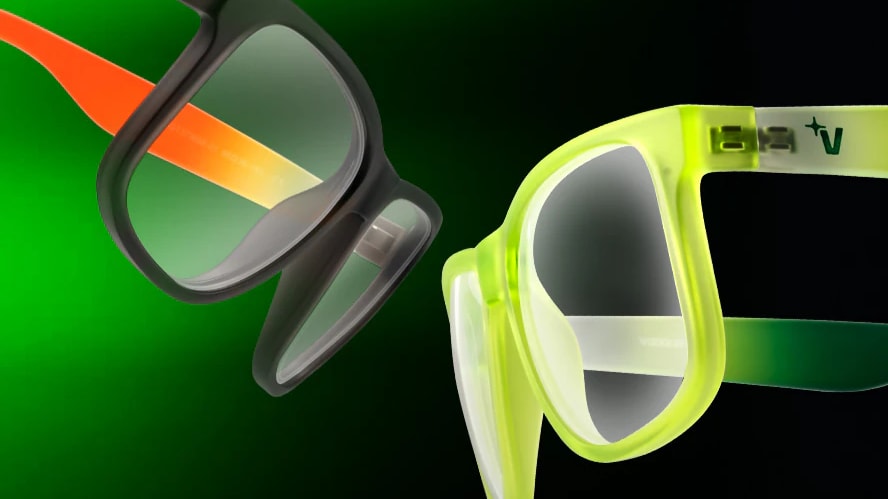
Guide to Picking Glasses That Suit Your Face Shape Perfectly
February 27,2023

What is Boho Style? A Comprehensive Guide to Boho-Chic Fashion
February 13,2025

Virtual Glasses Try On - Find Your Perfect Pair Online
April 02,2024

UV Protection Glasses VS. Blue Light Glasses - Vooglam
July 20,2023

Newest Style Modern Trendy Mens Glasses | Vooglam
March 01,2024

Stylish Reading Glasses: Blending Fashion with Functionality
February 16,2023

What are photochromic lenses & glasses?
September 22,2023

Brown Eyes: The Beauty of the Most Common Hue
September 01,2024

The chubby face glasses for round face female
August 02,2023

What are prisms in eyeglasses?
March 20,2023

What are Bifocal Lenses? - Vooglam
April 14,2023

How to Read Your Eyeglass Prescription?
March 11,2023
How to Keep Glasses From Slipping Down My Nose?
It's a constant, distracting battle: you push your glasses up, and seconds later, they slide right back down your nose. Whether you're trying to read, work at a computer, or just walk down the street, the endless "glasses push-up" is frustrating.
This isn't just a minor annoyance; it can interfere with your daily focus and comfort. The good news is that you don't have to put up with it.
This guide will explain the real reasons your glasses are slipping and provide clear, actionable solutions. From immediate DIY tricks to smart product choices and long-term fixes, you'll find everything you need to keep your glasses firmly and comfortably in place.

- First, Understand Why Your Glasses Are Slipping
- The Easiest First Steps (No Bending Required)
- A Guide to Safely Adjusting Your Frames
- 4 Simple Products That Provide All-Day Grip
- Lifestyle Tips to Stop Your Glasses From Slipping Off
- How to Choose Your Next Pair of Glasses for a Slip-Free Fit
- Putting an End to the Constant Push-Up
First, Understand Why Your Glasses Are Slipping
Before you buy any gadgets or try any hacks, the most important step is to accurately diagnose the problem. It's easy to blame something like oily skin, but more often than not, the real culprit is a mechanical issue with how the frames fit your face. A frame that isn't properly secured will slide down when you look down, no matter what.
Let's walk through a quick diagnostic process to pinpoint exactly why your glasses won't stay put.
Is It Your Frames? A Quick Self-Fit Test
Put on your glasses and head to a mirror. Let's check the four most critical fit points.
- Temple Width and Pressure: The arms of your glasses (the temples) should run straight back and make gentle, consistent contact with the sides of your head. If you can easily slide a finger between the arm and your head, the temples are too wide and lack the tension needed to stay in place.
- Temple Bend Location: Look at where the arm bends down. For a secure fit, this bend should start directly on your ear and hook down behind it at about a 45-degree angle. If the bend starts before your ear, it will constantly push the glasses forward. If it's too far back, it offers no anchoring at all.
- Nose Pad Contact: If your frames have adjustable nose pads (common on metal styles), they should sit flat and evenly against the sides of your nose. They shouldn't pinch (which leaves red marks) or have large gaps. An improper angle here is a primary reason for instability.
- Frame Level: Take your glasses off and place them on a flat table. Both temple tips should touch the surface at the same time. If one arm is floating in the air, your frame is misaligned and will never sit securely on your face.
Could It Be Your Facial Features?
Sometimes, the issue isn't a flaw in the glasses but a mismatch between the frame's design and your unique facial structure.
The most important factor here is your nose bridge. To figure out yours, look straight into a mirror. If the bridge of your nose starts at or below the level of your pupils, you have what's considered a low nose bridge.
Standard frames are typically built for high nose bridges. If you have a low bridge, these frames will often slide down or rest uncomfortably on your cheeks when you smile. Recognizing this can be a breakthrough. The good news is that many brands now offer "Low Bridge Fit" (or "Alternative Fit") frames that are specifically engineered to prevent this.
Is It Your Skin or Environment?
Even well-fitting glasses can struggle against factors that create a low-friction surface.
- Oily Skin: Your skin naturally produces an oil called sebum. If you have oily skin, this can build up on your nose pads and create a slick surface perfect for sliding.
- Sweat and Humidity: Perspiration is a powerful lubricant. It’s why glasses are far more likely to slip during a workout, on a hot day, or in a humid climate.
- Skincare and Cosmetics: Heavy moisturizers, liquid foundation, and some sunscreens can transfer to your frames, creating a slippery film that undermines any grip.
Is the Problem with the Glasses Themselves?
Finally, the physical properties of your glasses could be the root cause of the slippage.
- Frame Weight: Heavier frames, especially those made from thick acetate or containing high-prescription lenses, exert more downward force and are naturally more prone to slipping.
- Slippery Materials: A highly polished, smooth plastic frame offers very little natural friction.
- Loose Screws: A simple but often overlooked issue. The tiny screws in the hinges can become loose over time, making the entire frame wobbly and unstable.
The Easiest First Steps (No Bending Required)
Before making any physical adjustments to your frames, start with these simple, risk-free fixes. They are surprisingly effective and often solve the problem without needing tools or bending.
1. Deep Clean Your Frames and Nose Pads
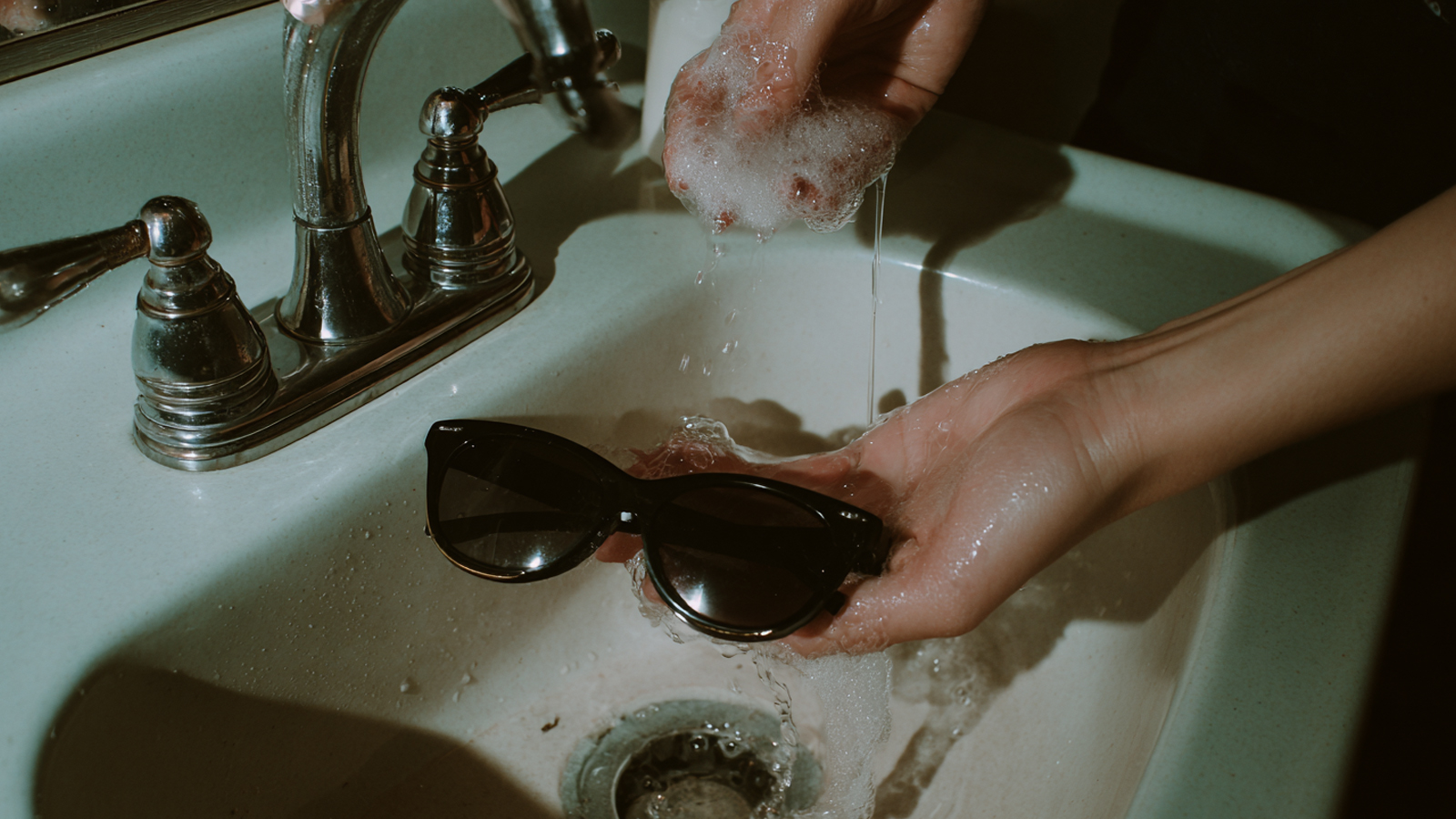
The oils from your skin, combined with sweat and cosmetics, create a slick surface that is a primary cause of slippage. A proper cleaning can restore the natural friction between the frame and your skin.
- Rinse your glasses under lukewarm water.
- Apply a tiny drop of gentle, lotion-free dish soap to your fingertips.
- Gently rub the soap over the entire frame, paying special attention to the nose pads and the temple tips behind your ears.
- Rinse thoroughly and dry with a clean, microfiber cloth.
2. Tighten the Hinge Screws
A frequently overlooked but critical factor is loose hardware. With repeated opening and closing, the screws in the temple hinges can loosen, making the entire frame wobbly and unstable.
Using a screwdriver from an eyeglass repair kit that fits the screw head perfectly, gently turn the screws at both temple hinges clockwise until they are snug. Do not overtighten, as this can strip the threads.
3. The Hair Tie Trick for a Temporary Hold
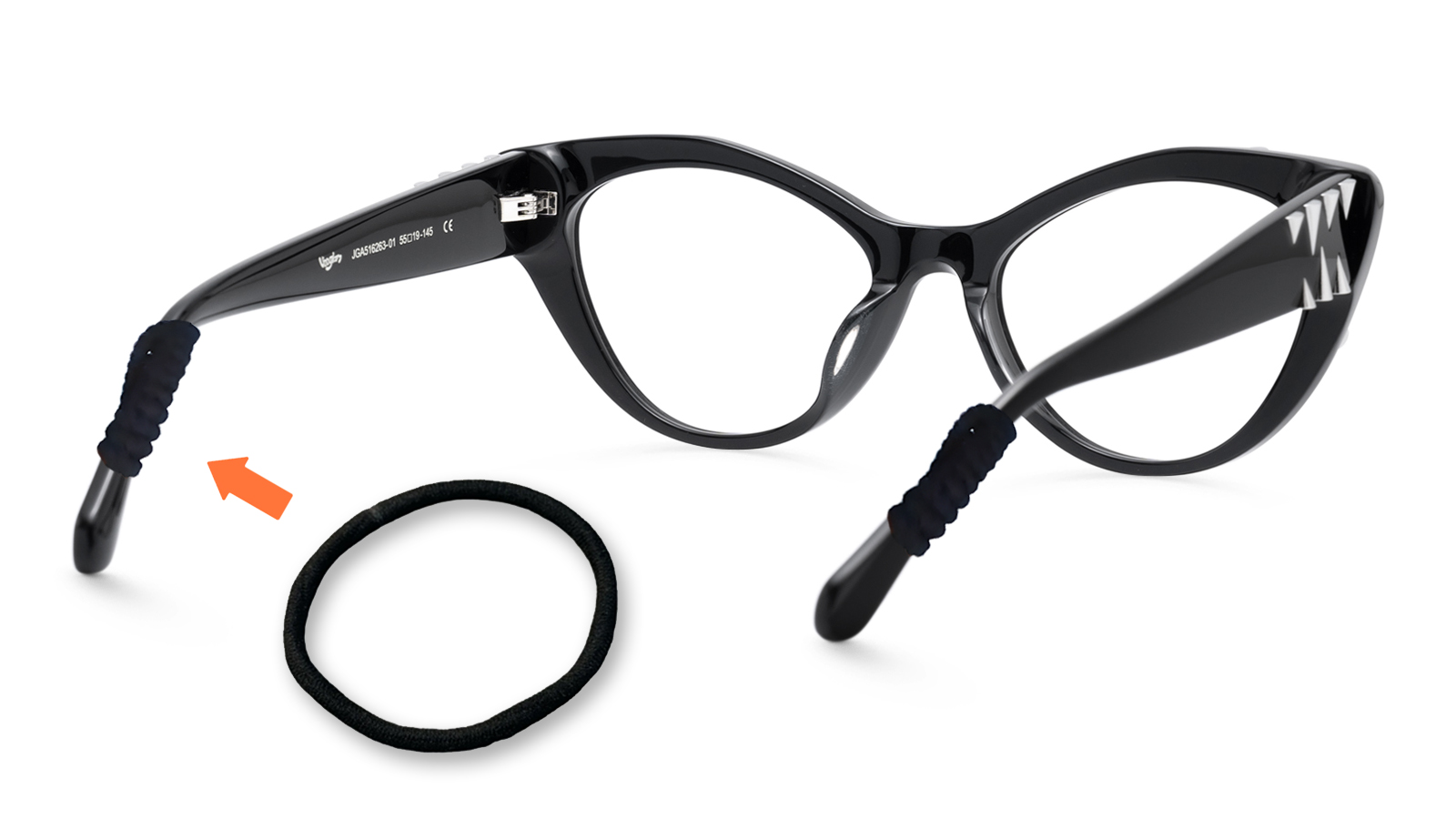
Grab two small hair ties for a quick, temporary fix when you're in a pinch. Wrap one around the end of each temple arm, right where it would curve behind your ear. The soft material creates friction and helps anchor your glasses in place.
A Guide to Safely Adjusting Your Frames
If the simple fixes aren't enough, a minor adjustment to the frame itself is likely needed. This is often very effective, but you must proceed with caution to avoid damaging your glasses.
A Safety Checklist Before You Bend Anything
- Know Your Material (The "Do Not Bend" List): At-home adjustments are generally safe for standard plastic/acetate and metal frames. However, certain materials should only be handled by a professional optician. Do NOT attempt to bend frames made of: Titanium, Memory Titanium (e.g., Flexon™), Aluminum Alloy, Memory Plastic.
- Use Gentle Heat for Plastic Frames: You must use gentle heat to make plastic or acetate pliable. The safest methods are running the specific part of the frame under warm tap water (not boiling) for 30-60 seconds or using a hairdryer on its lowest heat setting, held at least six inches away, for 20-30 seconds.
- Protect Your Lenses: Keeping the heat source away from your lenses is imperative, as high temperatures can damage lens coatings.
- The "Go Slow" Principle: All adjustments should be made incrementally. Make a small, gentle bend, then cool the frame (if heated) and test the fit. Making another minor adjustment is far easier than correcting an overzealous one. Never use force; if the frame resists, stop.
How to Adjust the Temple Arms (The Earpiece Bend)
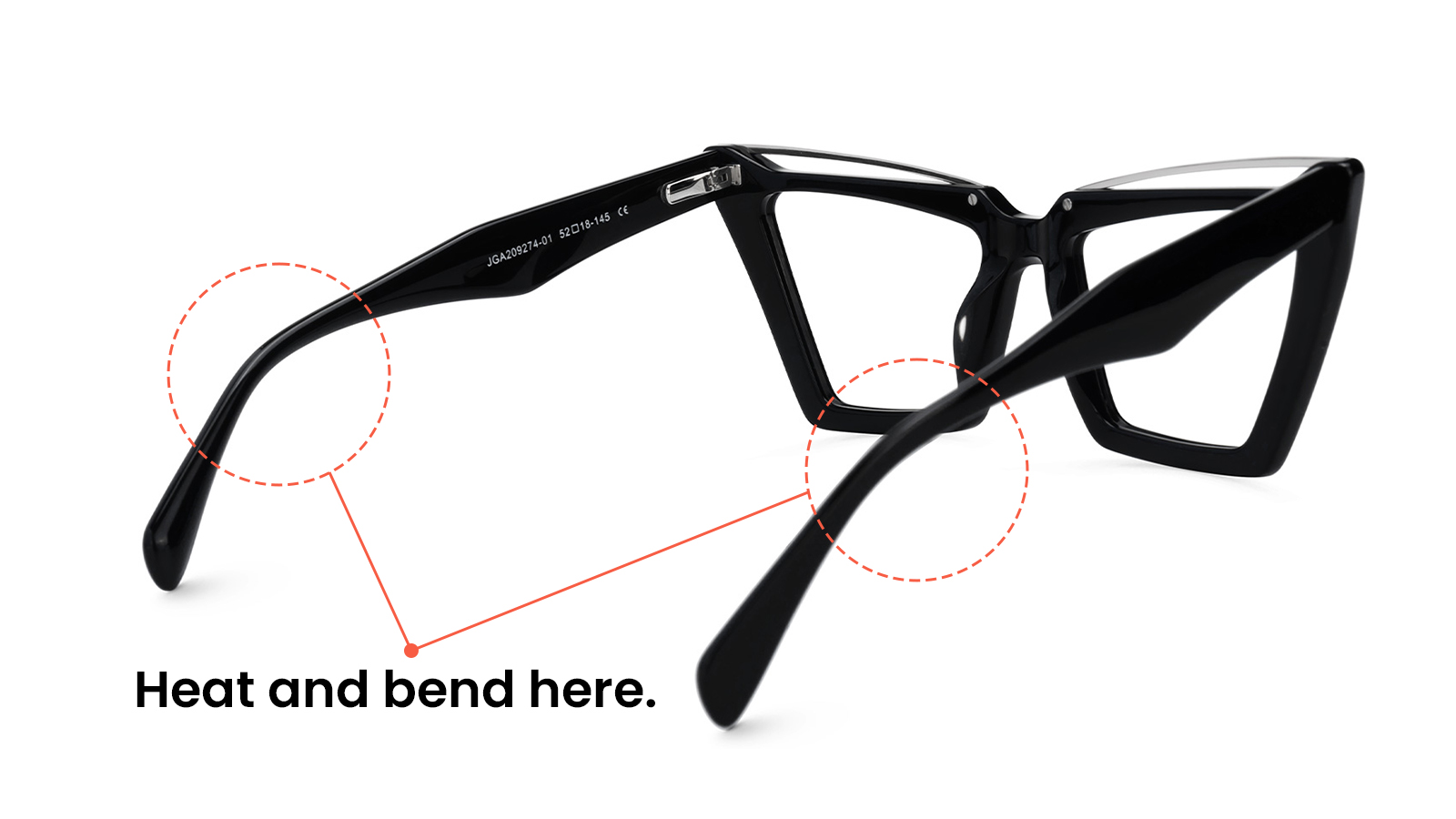
This adjustment is the single most effective way to prevent glasses from sliding down your nose. It increases the security of the frame behind your ears.
For Plastic/Acetate Frames:
- Heat: Using one of the safe methods described above, warm the curved end of one temple arm until it feels pliable.
- Bend: To tighten the fit, hold the frame securely. Apply gentle but firm downward and inward pressure to the end of the warmed temple arm. This will increase the sharpness of the curve that tucks behind the ear.
- Cool & Test: Allow the temple to cool completely to room temperature to set the new shape. Try the glasses on to test the fit and repeat on the other temple, ensuring both sides are symmetrical.
For Metal Frames:
- No Heat Required (Typically): Most standard metal frames are pliable enough to be adjusted without heat.
- Bend: Using your thumbs and fingers, apply slow and steady pressure to the temple ends to increase the curve behind the ears. Do not force it if you feel significant resistance.
How to Fine-Tune Nose Pads (For Metal Frames)
For metal frames, precise tuning of the adjustable nose pads can dramatically improve fit and stop slippage. Symmetry is key—always adjust both pads equally.
- If your glasses are sliding down or sitting too low: The nose pads need to be moved closer together. Gently hold the frame and use your thumbs to push the pads inward toward the center.
- If your glasses are pinching or sitting too high: The pads need to be widened. Gently push the pads outward, away from the center.
- Adjust the Angle: For maximum grip, the entire surface of the nose pad should make contact with your skin. Look at the pads from the side and gently twist them so they sit flush against the contour of your nose.
4 Simple Products That Provide All-Day Grip
If you'd rather not adjust your frames or need extra help, several inexpensive products are explicitly designed to stop glasses from slipping.
Use Eyewear Wax
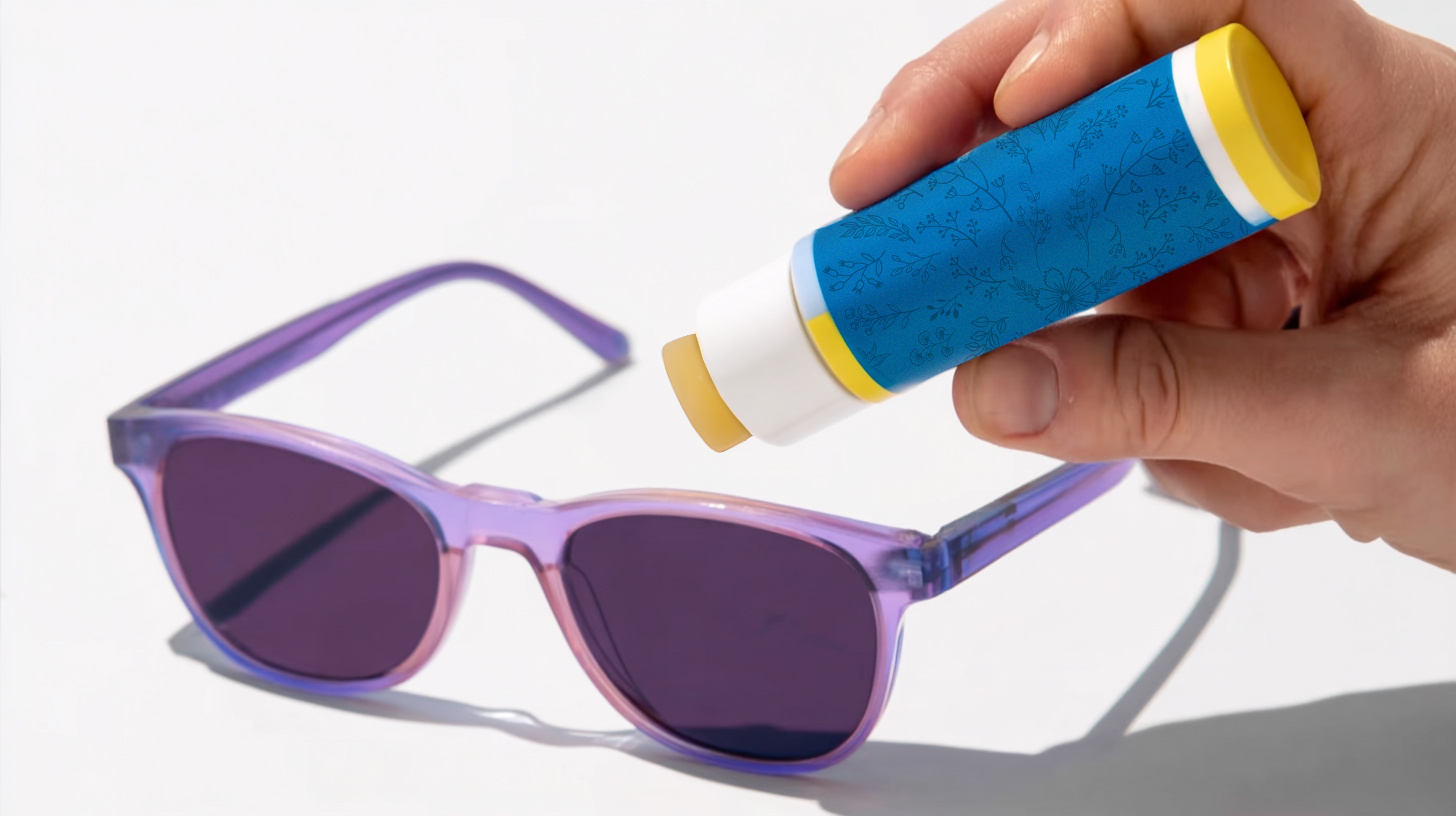
Products like Nerdwax or other brands of glasses wax are a popular and discreet solution. You apply a thin layer of all-natural wax directly to your frames' bridge or nose pads. This creates a tacky, frictional layer between your glasses and your skin, holding them in place even when you sweat.
Add Silicone Ear Grips (Temple Tips)
Also known as temple tips or ear hooks, these are small, soft silicone pieces that slide onto the ends of your glasses' arms. They hook comfortably behind your ears, creating a secure anchor that prevents your frames from sliding forward. They are especially effective for kids and during physical activities.
Apply Adhesive Nose Pads
If the bridge of your glasses is too wide or you need more grip, adhesive nose pads are an excellent choice. These small, stick-on pads, usually made of silicone or foam, are applied directly to the nose pads of your frames. They add cushioning and a non-slip texture for a much more secure fit.
Try an Eyeglass Strap or Retainer
Nothing beats a classic eyeglass strap for maximum security during sports, exercise, or any vigorous activity. These retainers connect to the ends of each temple arm and can be worn snugly against the back of your head, making it nearly impossible for your glasses to slip or fall off.
Lifestyle Tips to Stop Your Glasses From Slipping Off
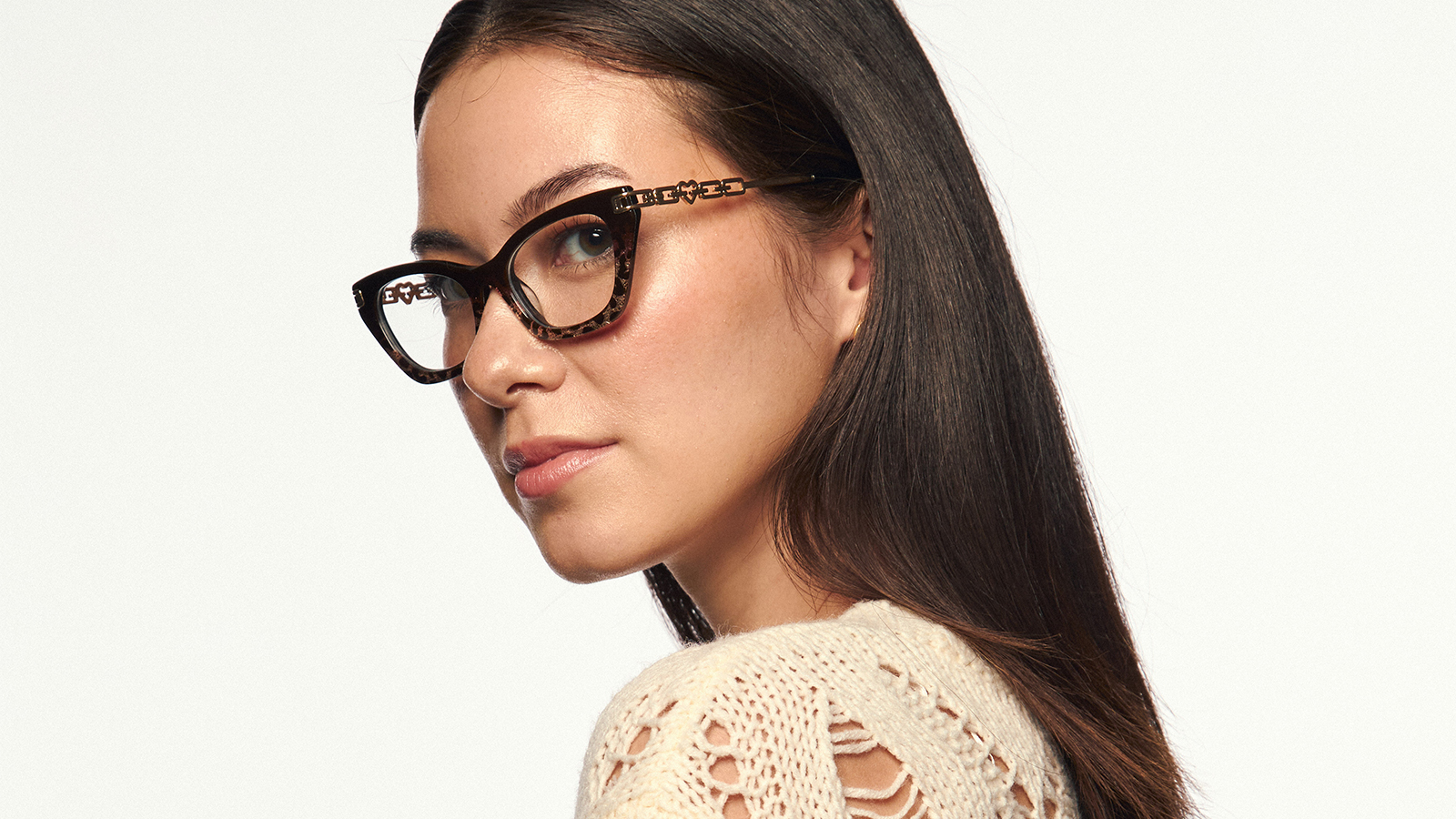
In addition to adjusting and wearing accessories, lifestyle changes can stop glasses from slipping off:
- Manage oily skin: Regularly cleansing your face and glasses can reduce oil buildup. Using matte products also helps to minimize oily skin.
- Handling eyewear during sporting activities: Choose sport-specific frames with built-in anti-slip features or use accessories such as headbands.
- Regular cleaning and maintenance: Keeping your eyewear clean and well-maintained ensures that it stays in good shape and fits properly.
How to Choose Your Next Pair of Glasses for a Slip-Free Fit
When it's time for a new pair of glasses, you can prevent future slipping issues by making a smart choice from the start. Keeping these factors in mind will ensure your next frames fit perfectly.
Pay Close Attention to the Bridge Fit
This is the most critical element for a non-slip fit. The frame's bridge should sit flush against your nose without a gap. This is especially important for acetate or plastic frames that don't have adjustable nose pads. Fortunately, finding a great fit online has become much easier. Vooglam provides detailed frame measurements to help you find a style that perfectly matches your unique facial structure.
Consider Lightweight Frame Materials
The lighter the frames, the less gravity will pull on them. Materials like titanium, aluminum, and certain modern acetates are known for being incredibly lightweight and durable, reducing the downward force that causes slipping. When browsing, look for frames specifically described as lightweight.
Opt for Frames with Adjustable Nose Pads
Frames with adjustable metal nose pad arms give you the most customizable fit. An optician can easily bend these arms to position the silicone pads perfectly on the sides of your nose, ensuring a snug, secure, and balanced fit that won't slide. This feature provides a level of personalization that can make all the difference in long-term comfort and stability.
Putting an End to the Constant Push-Up
You don't have to live with the distraction of sliding glasses. You can choose the right solution by understanding whether the problem is your frame's fit, your skin, or the glasses themselves.
Start by diagnosing the issue, try the simple at-home fixes first, and then move on to adjustments or products if needed. With these strategies, you can finally feel confident that your glasses will stay exactly where you want them.

Vooglam Blog
Vooglam blog shares professional knowledge about eyeglass frames, lenses, etc., and provides help when purchasing and using eyewear products. At the same time, Vooglam focuses on fashion glasses to interpret the trend of glasses for you.

The Best Festival Eyewear for Prescription Wearers in 2025 (Style & Function)
The days of wearing your boring "office glasses" to the main stage are over.2025 is the year of "Dopamine Dressing" and high-tech aesthetics. Your eyewear isn't just a medical necessity anymore; it’s
December 04,2025
The Prescription Wearer's Guide to Music Festivals (How to See & Slay)
The lineup just dropped. The group chat is buzzing. The EDM fashion festival outfits are planned.But for the 75% of us who need vision correction, there is one looming anxiety that kills the vibe: How
December 04,2025
What Happens to Unused FSA Funds? (And How to Save Them)
It’s the holiday season. You’re checking your lists, buying gifts, and maybe, just maybe, you log into your benefits portal—and panic.You see a balance remaining in your Flexible Spending Account (FSA
December 04,2025
How to Style Your Festival Outfit: Creating 24/7 Day-to-Night Looks
You’ve got the tickets. You’ve found the perfect rave outfit—the holographic top, the cargo pants, the platform boots. But how do you make that look work for a 12-hour, sun-up-to-sun-down event?Most f
November 21,2025
















